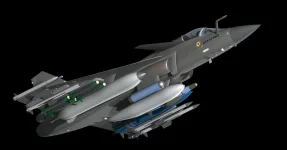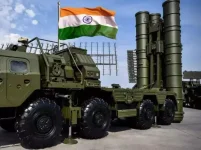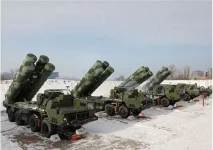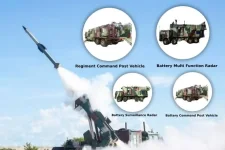- Views: 3K
- Replies: 11
India is set to significantly enhance its air defence capabilities through a new project undertaken by the Defence Research and Development Organisation (DRDO) and Bharat Electronics Limited (BEL).
The two organisations are jointly developing an advanced radar system specifically designed to detect and track modern stealth targets, which are built to be nearly invisible to conventional radar.
This new system is engineered to counter low Radar Cross Section (RCS) threats, such as stealth fighter jets and unmanned drones. It combines two types of radar technology: a Very High Frequency (VHF) radar, which is effective at detecting stealth aircraft, and a high-power radar that can lock onto and track them with great precision.
The system boasts an impressive operational range of 400 kilometres and has the capacity to track as many as 100 different targets at the same time, providing critical early warnings and accurate data for launching a response.
A key technological advantage of the new radar is its use of Gallium Nitride (GaN) based modules. This modern semiconductor technology makes the radar more powerful, efficient, and reliable than older systems that used Gallium Arsenide (GaAs).
The GaN components also allow the radar to perform better in environments with heavy electronic interference, making it more resistant to enemy jamming attempts.
The development of this sophisticated anti-stealth radar is a timely response to the growing global presence of stealth technology in modern warfare. By being able to generate a precise "firing solution" against low-visibility aircraft, the system will substantially strengthen India’s air defence framework, particularly along its contested and sensitive borders.
To ensure maximum effectiveness, defence experts recommend that these radars be deployed as part of an integrated network. Linking multiple radar stations together would create overlapping fields of surveillance, eliminating blind spots and forming a comprehensive and resilient defence shield.
This networked approach would allow for the instant sharing of tracking data with other assets, including surface-to-air missile (SAM) systems and fighter aircraft, enabling a swift and coordinated response to any potential threat.




